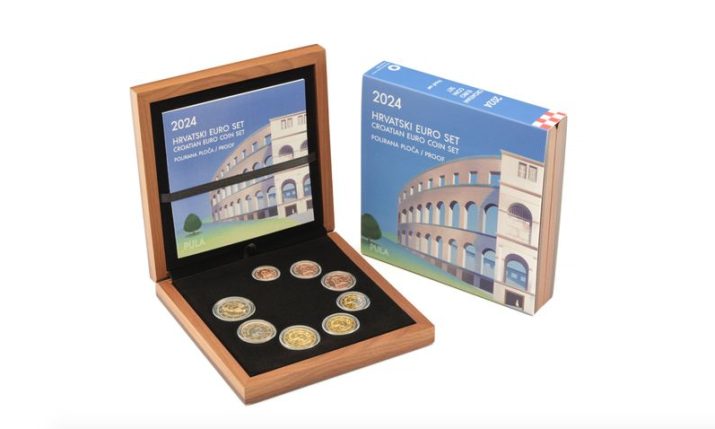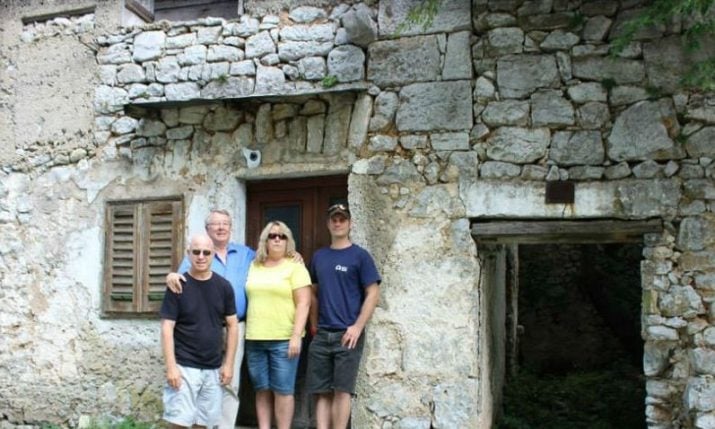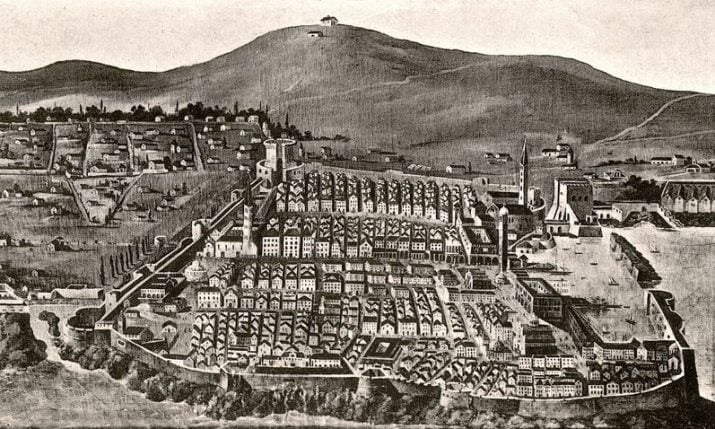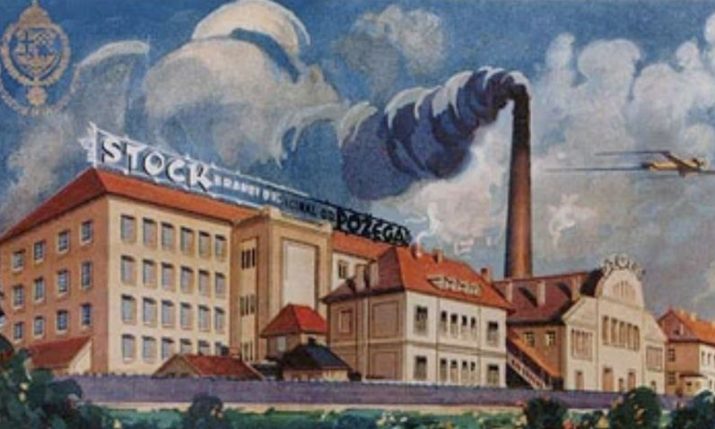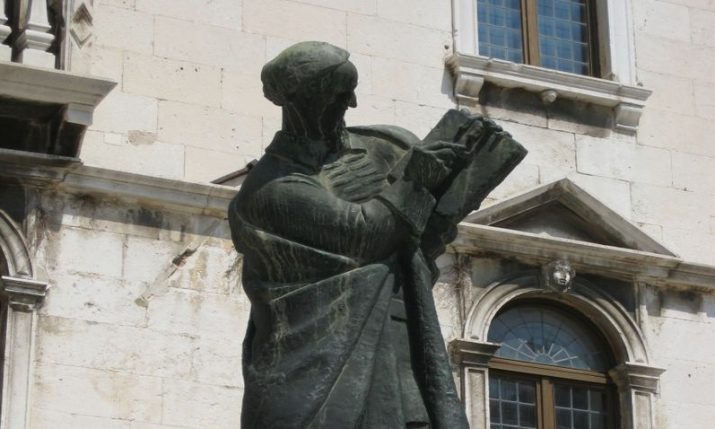The story of the traditional Croatian interlace ‘pleter’
- by croatiaweek
- in News

Croatian interlace pattern ‘pleter'(Image: MAGA/CC BY-SA 4.0)
The Croatian interlace pattern, known as “hrvatski pleter,” is a distinctive and intricate design element deeply embedded in the cultural and historical tapestry of Croatia.
Recognisable by its intertwined motifs, this pattern has adorned various artefacts, monuments, and manuscripts throughout Croatian history, symbolising both artistic heritage and national identity.
Historical Background
Hrvatski pleter, often simply referred to as “pleter,” traces its origins to the early medieval period, particularly flourishing between the 9th and 12th centuries.
This period coincides with the formation of the early Croatian state and the adoption of Christianity. The interlace pattern was prominently featured in ecclesiastical art, including stone reliefs on church facades, altars, and liturgical objects.
The design likely evolved under the influence of various cultural interactions, particularly with the Carolingian Empire and Byzantine art, blending local traditions with broader European artistic trends.
The intricate, looping designs are reminiscent of Celtic and Nordic interlace patterns, yet they possess unique characteristics that make them distinctly Croatian.

Font from the 11th century (most likely a depiction of Petar Krešimir IV or Demetrius Zvonimir)(Photo: Suradnik13/CC BY-SA 3.0)
Design and Symbolism
The pleter is characterised by its repetitive, intertwined bands that create a continuous, often symmetrical, pattern.
The most common forms include three-strand, four-strand, and multi-strand braids, meticulously woven into geometric shapes and stylised figures. These designs can range from simple, linear patterns to highly complex and dense configurations.
Symbolically, the pleter represents unity and eternity, with the continuous lines signifying an unbroken connection and the interweaving strands reflecting the interconnectedness of life and community.

Croatian interlace, including triquetra or trefoil knot (lower left) and Solomon’s knot (in loop at upper right) (Photo: Krunomir/CC BY-SA 3.0)
This symbolism is particularly poignant in the context of Croatian history, where the pleter is seen as a visual representation of the enduring spirit and resilience of the Croatian people.
Usage and Preservation
Throughout the centuries, the pleter has been used in various mediums, from stone carvings to manuscripts and textiles.
One of the most famous examples of pleter art is the Baška tablet, a 12th-century stone inscription from the island of Krk, which is one of the oldest written documents in the Croatian language. The tablet features a combination of Glagolitic script and intricate interlace patterns, showcasing the early medieval use of pleter in both functional and decorative contexts.

Baška tablet, discovered in 1851, was created in late 11th, early 12th century (Image: Neoneo13/Public domain)
In modern times, the pleter continues to be a source of national pride and cultural identity. It appears in contemporary design, including jewelry, clothing, and official symbols, such as the Croatian coat of arms and military insignia.

Seal of Armed Chief of General Staff of the Armed Forces of Croatia (Image: Public domain)
It also appears in the numbering on the latest kit which the Croatian national football team will wear at Euro 2024.

If you zoom in you can see the pleter in the numbering
Efforts to preserve and promote this traditional art form are ongoing, with various cultural organisations and artisans dedicated to keeping the pleter alive through education and craftsmanship.
The hrvatski pleter is more than just an artistic pattern; it is a vital piece of Croatian heritage that tells the story of the nation’s history, culture, and identity. Its intricate designs and profound symbolism continue to inspire and connect people, both within Croatia and beyond.

Pleter on the cross in Vukovar (Photo credit: Koreanovsky/CC BY-SA 4.0)
As both a historical artifact and a living tradition, the pleter remains a testament to the rich and enduring legacy of Croatian art and culture.

